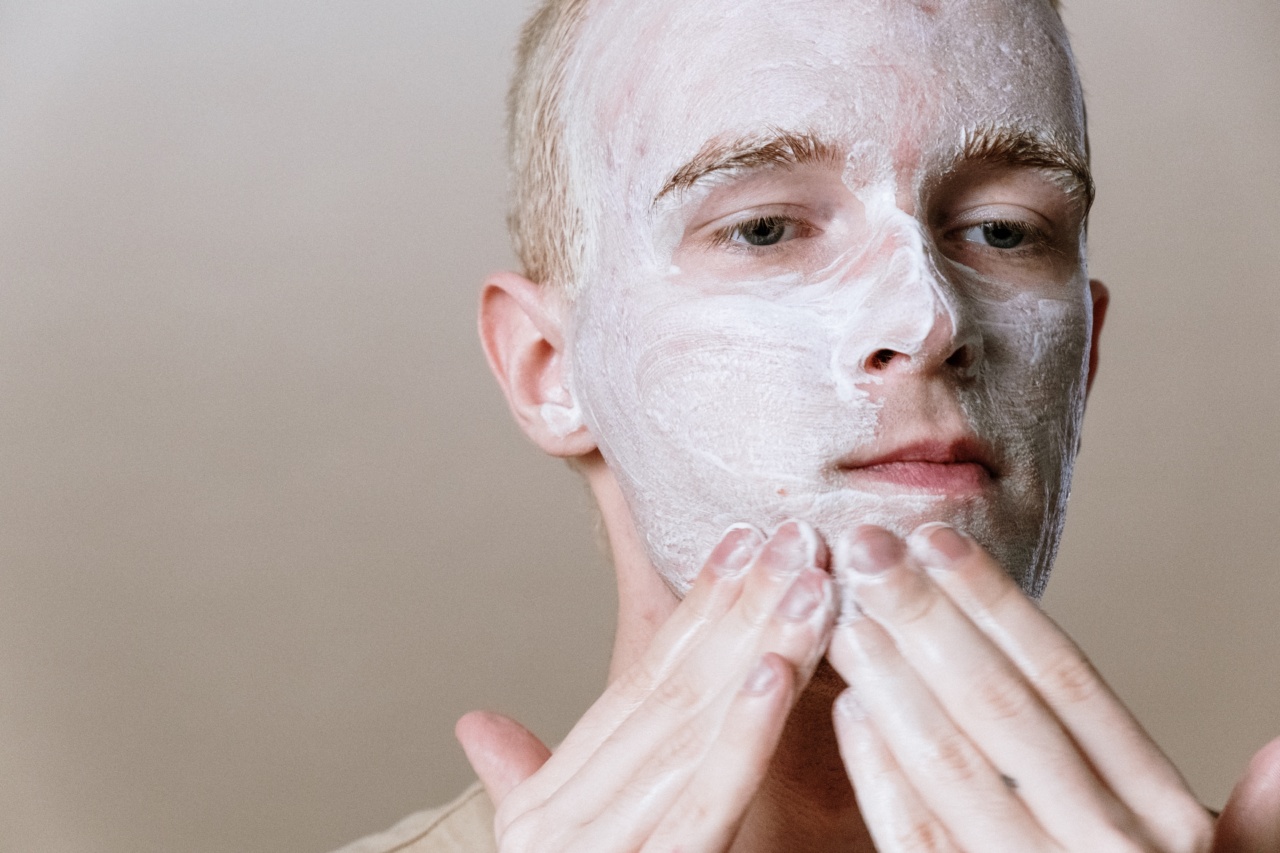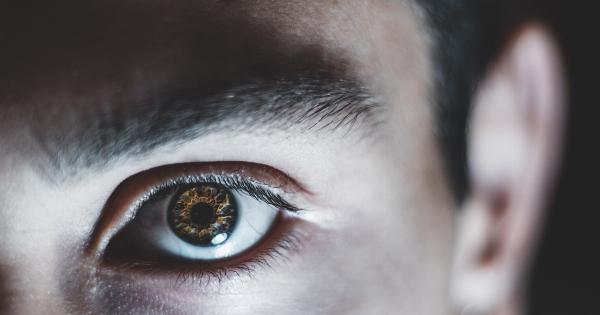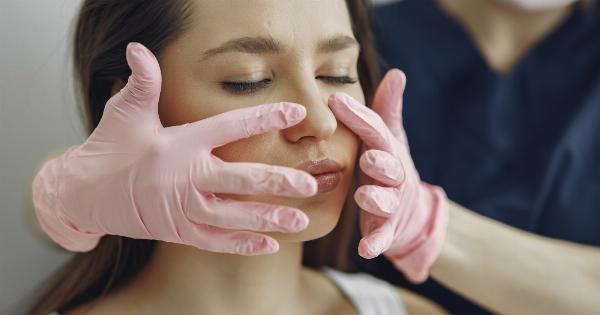Acne is a common skin condition that affects millions of people worldwide. It is characterized by the appearance of pimples, blackheads, and whiteheads on the face, neck, chest, and back.
While acne is often associated with puberty, it can occur at any age and can have a significant impact on one’s self-esteem and overall well-being. Understanding the timeline of acne can help individuals manage and treat their condition more effectively.
Stage 1: Pre-Acne
Before acne becomes visible on the skin, there is a stage known as pre-acne. During this stage, hormonal changes, excessive oil production, and bacterial growth occur beneath the skin’s surface.
The excess oil, along with dirt and dead skin cells, clogs the pores, leading to the formation of acne.
Stage 2: Mild Acne
In the early stages of acne, individuals may notice the appearance of small, red bumps on the skin. These bumps are known as papules and are caused by inflammation in the hair follicles.
Mild acne can also cause blackheads, which are clogged pores that remain open and exposed to air. While the severity of acne can vary, individuals with mild acne may experience occasional breakouts.
Stage 3: Moderate Acne
If left untreated, mild acne can progress to moderate acne. At this stage, the number and severity of breakouts increase, and individuals may notice larger, more inflamed pimples known as pustules.
The skin may also appear red and irritated, and scarring is more likely to occur. It is important to seek the help of a dermatologist at this stage to prevent further complications and manage the condition effectively.
Stage 4: Severe Acne
Severe acne is characterized by the presence of deep, painful cysts and nodules beneath the skin. Cysts are large, pus-filled bumps that can be particularly resistant to treatment.
Nodules, on the other hand, are hard, painful bumps that develop deep within the skin. Severe acne can cause extensive scarring and may require aggressive treatment options, including oral medications or even surgical intervention.
Factors Influencing the Timeline of Acne
The timeline of acne can vary significantly from person to person. Several factors may influence the duration and severity of acne, including:.
- Hormonal fluctuations
- Genetics
- Diet and lifestyle
- Stress levels
- Environmental factors
Treatment Options
There are several treatment options available for acne, depending on the severity of the condition. Mild acne can often be managed with over-the-counter topical treatments containing ingredients like benzoyl peroxide or salicylic acid.
These treatments help to reduce inflammation and unclog pores. For moderate to severe acne, prescription medications, such as oral antibiotics, retinoids, or hormonal therapies, may be necessary.
In some cases, dermatologists may recommend procedures like chemical peels, laser therapy, or extractions to achieve optimal results.
Prevention and Skincare Tips
While it may not be possible to completely prevent acne, there are several steps individuals can take to minimize its occurrence and manage the condition:.
- Wash the face twice daily with a gentle cleanser
- Avoid excessive scrubbing or using harsh products that can irritate the skin
- Keep the hair clean and away from the face to prevent the transfer of oils
- Avoid picking or popping pimples, as it can lead to scarring and further inflammation
- Use oil-free and non-comedogenic cosmetics
- Protect the skin from excessive sun exposure by using sunscreen
- Manage stress levels through techniques like exercise, meditation, or counseling
- Eat a balanced diet rich in fruits, vegetables, and whole grains
Conclusion
Acne is a common skin condition that can have a significant impact on one’s physical and emotional well-being.
By understanding the timeline of acne and its various stages, individuals can seek appropriate treatment and take preventive measures to manage the condition effectively. It is important to remember that acne is a treatable condition, and with the right approach, clearer and healthier skin can be achieved.




























